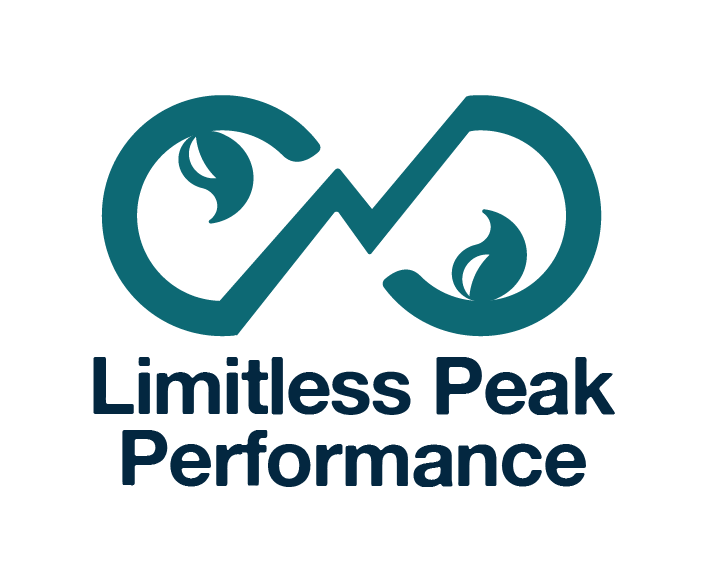
Dispute Resolution
“The quality of our lives depends not on whether or not we have conflicts, but on how we respond to them.”
— Thomas Crum
What does ‘dispute resolution’ cover?
Mediation
Mediation is a voluntary process, and so must include both parties. I, as the third party, facilitates the discussion to try and help close the gap between where the parties are, and where they’d like to be. I do not and cannot impose resolution - that said, any agreement reached is legally binding. My main aim is to get the parties into the same room as often the conflict has resulted in them not even being able to be in the same room (physical or virtual) as each other. This sort of dispute resolution method can help solve procedural or interpersonal issues.
Conflict coaching
A bit different to mediation, this involves one party at a time and is often quite useful when, for whatever reason, the parties just won’t mutually participate. This form of dispute resolution has no legal standing. My main aim is to get the participants to acknowledge how they contributed to the dispute and what to change for next time. It can also help resolve some of the emotions around conflict and, although it won’t necessarily change the conflict itself, can remove some of the ‘sting’ out of the event(s) so that they can move forwards and, perhaps, even continue working together for example.
We each have a default way of dealing with Conflict. Some of the ways we deal with conflict are shown below. Some are more useful, comfortable and enduring than others. The key question is, which are you using, and how is that serving you?
-
Accommodating - we sacrifice our own needs to keep the peace
-
Avoiding - we try to dodge or bypass the conflict
-
Collaborating - we come together to find a resolution that benefits everyone
-
Competing - we put our own needs over those of others
-
Compromising - we all get something we want or need

What’s the cost?
-
£28.5 billion
-
10 million people experienced conflict at work
-
Half a million resigned
-
50% suffer stress, anxiety or depression as a result
-
~900,000 took time off work
Estimating the costs of workplace conflict, ACAS, Published 11 May 2021
“The single most common contributor to conflict is differences in personality or styles of working, supporting a relational view of conflict.”
— CIPD
What’s the impact on performance?
Perceived impact of conflict on either party (%)
Getting Under the Skin of Workplace Conflict 2015 – Tracing Employee Experiences - CIPD
So what’s the benefit of dispute resolution?
✔ Increased performance, productivity and motivation
✔ More effective leadership
✔ Increased trust
✔ Creation of effective working relationships
✔ Employee retention
✔ Reduced stress, absenteeism, presenteeism
✔ Enhanced workplace communication, team functioning and effectiveness
✔ Development of conflict resolution skills beyond the People professionals
The flow of a typical mediation
-
Prior
• Information gathering
• Rapport building
• Agreement to Mediate
-
During
• Mediator’s opening remarks
• Opening joint session
• Individual sessions (caucus)
• Closing joint session
• Agreement
-
Post
• Alternative routes
• Without Prejudice


